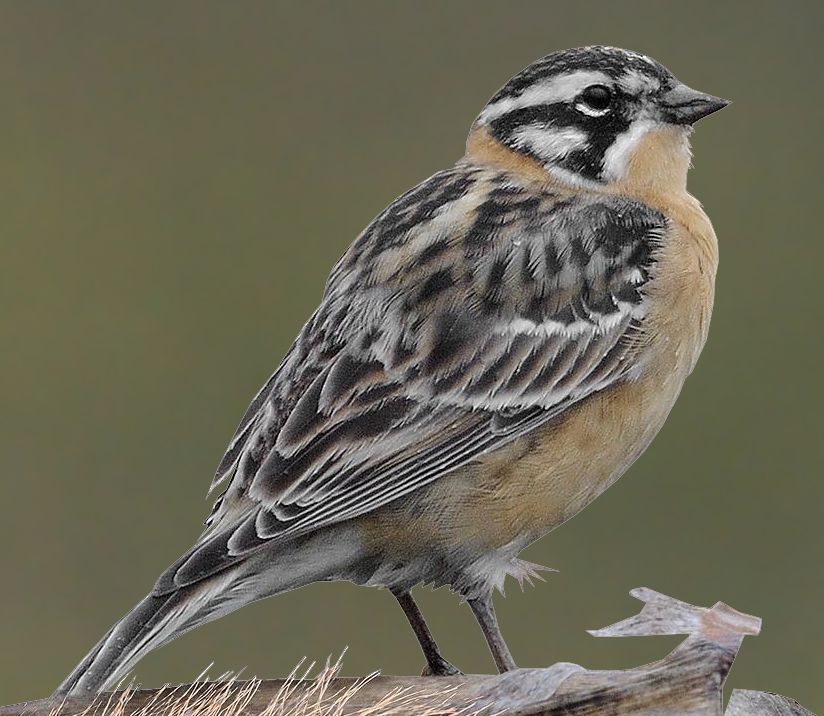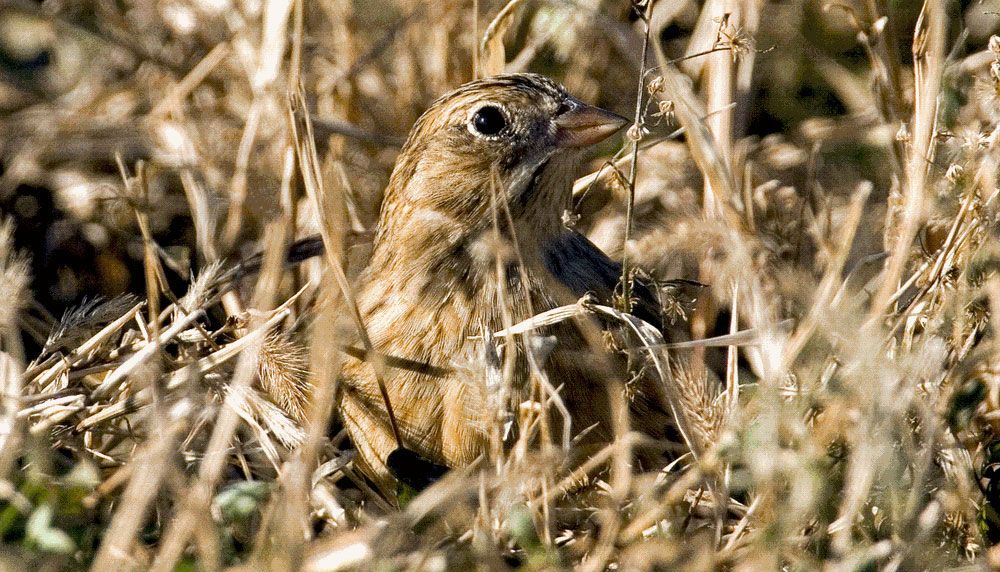
Alaska Birding with PIB: At Tangle River on Denali Highway 17 June 2019
In western Pennsylvania we rarely see longspurs, the sparrow-like birds whose long hind toe gives them their name, but two species of longspurs breed in Alaska.
Lapland longspurs (Calcarius lapponicus) are the most conspicuous songbird on the tundra as they prominently claim territory and a mate. The males flutter and sing above their chosen patch, advertising themselves in loud flight song displays.
Smith’s longspurs (Calcarius pictus) are harder to find partly because of their lifestyle. They don’t claim a territory, they don’t claim one mate, and they don’t use flight song displays. Instead the males sing from the top of a twig, “Hey, ladies! Come here.”

When a female shows up the two go through their courtship displays and copulate. Then they both go off to mate with other birds.

The fancy name for this is polygynandry. Each female and each male pairs and mates with two or three of the opposite sex. These birds are very busy during the breeding season!
Over a period of one week in the early spring, a female longspur will copulate over 350 times on average; this is one of the highest copulation rates of any bird. Males are well-equipped to deliver such large numbers of ejaculates—their testes are about double the mass of those of the monogamous and congeneric Lapland Longspur.
Birds of North America, Smith’s longspur account
Every nest contains chicks of mixed parentage — the same mother, various dads. Fathers choose a couple of females and try to insure that most of the chicks are their own.
Males do not defend territories, but instead guard [their] females by following them closely. [Males] compete for fertilizations by copulating frequently in order to dilute or displace sperm from other males.
Birds of North America, Smith’s longspur account
When John James Audubon named Smith’s longspur for his friend Gideon B. Smith he was unaware that these birds had such an unusual social life. It took a long time for humans to figure it out, beginning with pioneering behavioral work in the 1960s and now DNA tests today.
Inside the calm exterior of a Smith’s longspur is a very promiscuous bird.